ALARA – CT (As Low As Reasonably Achievable)
Learn from Experts
The ALARA-CT program is taught by a distinguished faculty from renowned medical institutions, who deliver lectures on critical topics such as Lowering Dose – How Low Can You Go? The curriculum in this important CME program will help you to better:
-
-
- Understand the changes, advances and educational efforts in CT dose reduction
- Implement procedures in your radiology practice to protect your pediatric patients from unnecessary radiation exposure
- Understand fundamental concepts of CT physics, technologic advances in MDCT, and dose-related issues in your pediatric CT imaging practice
- Establish cooperative planning of educational, accreditation and research initiatives in pediatric imaging
-
CME at Your Convenience
Available online, this vital pediatric radiology CME program helps you fit expert learning and CME credit into your busy schedule. Choose to learn on your own, or with your colleagues via our Additional User Package. With the ALARA-CT program, you will earn up to 11 AMA PRA Category 1 Credits ™ without having to leave your home or office.
Overview
-
-
- Clinical Decision Making Tools/Order Entry – James A. Brink, MD
-
- Why and When to Use CT in Children: Radiologist’s Perspective – Donald P. Frush, MD
-
- Why and When to Use CT in Children: Pediatric Emergency Medicine Physician’s Perspective – Karen S. Frush, MD
-
- Should Risk from Medical Imaging Be Assessed in the Absence of Benefit and Vice Versa? – Louis K. Wagner, PhD
-
- Question and Answer
-
CT Scanner Operations
-
-
- Management of Automatic Exposure Control (AEC) During Pediatric Imaging – Dianna D. Cody, PhD
-
- Overview of CT Technologies for Children – Donald P. Frush, MD
-
- Iterative Reconstruction: How it Works, How to Apply – J. Anthony Seibert, PhD
-
- Standardized Nomenclature and CT Protocols: Better, But Not There Yet – Sarabjeet Singh, MD, MMST
-
- Question and Answer
-
Patient Dose and Potential Risks
-
-
- From Image Gently to Image Intelligently: A Personalized Perspective on Diagnostic Radiation Risk – R. Paul Guillerman, MD
-
- Stochastic, Deterministic, Cumulative Dose (Is There Such a Thing as Cumulative Dose?) – Richard L. Morin, PhD
-
- Global View on Radiation Protection of Children – Madan M. Rehani, PhD
-
- Organ Dose Determination – The Holy Grail – Ehsan Samei, PhD
-
- Dose Indices-Everybody Wants a Number (CTDI, DLP, SSDE- Sample Calculations, E dose) – Keith J. Strauss, MSc
-
- If It is Printed in the Peer Reviewed Literature It Must Be True? – Louis K. Wagner, PhD
-
- Question and Answer
-
Management of Patient Dose: Basics
-
-
- Individual Dose Tracking – James A. Brink, MD
-
- CT Protocols for Specific Scanners: Two Approaches to the Same Challenge – Developing Scanner Specific Dose Protocols for all Exams/Patients – Dianna D. Cody, PhD
-
- Optimizing CT Dose Based on Patient Size and Image Quality: What We Need – David B. Larson, MD, MBA
-
- Dose Index Registry: What it is and How Accurate are the Numbers? – Richard L. Morin, PhD
-
- Pros and Cons of Organ Shielding During Pediatric CT – Ehsan Samei, PhD
-
- Boots on the Ground – How to Influence Your Local Radiology Departments to Use Appropriate CT Dose – Thomas L. Slovis, MD
-
- CT Protocols for Specific Scanners: Two Approaches to the Same Challenge – Developing a Patient Specific Dose Protocol for any CT Scanner/Exam – Keith J. Strauss, MSc
-
- Question and Answer
-
Quality Improvement
-
-
- Diagnostic Reference Ranges and DIR-The Pediatric Experience – Marilyn J. Goske, MD
-
- A Practical Approach to Quality Improvement in Pediatric CT – David B. Larson, MD, MBA
-
- CT Imaging in a Large Part of the World: What We Know and What We Can Learn – Madan M. Rehani, PhD
-
- Quality Improvement in Chest CT Angiography: What I Have Learned – Sjirk J. Westra, MD
-
- Question and Answer
-
Training and Communication
-
-
- What I Say to Parents About CT Scans – Karen S. Frush, MD
-
- Resources for Educating Radiologists, Technologists and Parents About CT – Marilyn J. Goske, MD
-
- State of CT Education – Gaps in Knowledge/Certification for Technologists – Greg Morrison, MA, RT(R), CNMT, CAE
-
- California Experience – Policy and Regulation – J. Anthony Seibert, PhD
-
- Risk Communication in the Era of Individualized Medicine – Sjirk J. Westra, MD
-
- Question and Answer
Accreditation
This activity has been planned and implemented in accordance with the Essential Areas and policies of the Accreditation Council for Continuing Medical Education through the joint sponsorship of the American College of Radiology and The Society for Pediatric Radiology.
The American College of Radiology is accredited by the ACCME to provide continuing medical education for physicians.
Designation
The American College of Radiology designates this enduring material for a maximum of 11 AMA PRA Category 1 Credits ™. Physicians should claim only credit commensurate with the extent of their participation in the activity.
Date of Original Release: May 1, 2014
Date Credits Expire: May 1, 2017CME credit is obtained upon successful completion of an activity evaluation as well as payment of a $25 processing fee for non-SPR members. SPR members will receive credit with remittance of the evaluation as a benefit of membership.
If you participated in the live activity of this SPR program, please note that you are not eligible to receive credit for the enduring (DVD/online) version of the activity. If there are questions regarding this, please contact the SPR Office at [email protected].
SOCIETY FOR PEDIATRIC RADIOLOGY MEMBERS: Take 25% off the price of the program. Discount does not apply to shipping and handling charges. Please call 1-800-633-4743 to receive the discount.
Learning Objectives
Upon completion of this activity, the participant will be able to:
- Evaluate progress that has been made in radiation protection for children
- Recognize the evidence regarding dose and risk estimates
- Describe CT dose estimates and their significance in children
- Discuss automated strategies to optimize CT for children
- Describe an approach to developing protocols for facilities
- Prepare participants to competently manage radiation dose in pediatric patients
-
Intended Audience
This activity was planned for pediatric radiologists and general radiologists who care for pediatric patients.
- Question and Answer
-
Only logged in customers who have purchased this product may leave a review.
Related Products
Internal Medicine Videos
VIDEO MEDICAL
VIDEO MEDICAL
VIDEO MEDICAL
VIDEO MEDICAL
VIDEO MEDICAL
VIDEO MEDICAL
VIDEO MEDICAL
VIDEO MEDICAL
VIDEO MEDICAL
VIDEO MEDICAL
VIDEO MEDICAL
VIDEO MEDICAL
VIDEO MEDICAL
VIDEO MEDICAL
VIDEO MEDICAL
VIDEO MEDICAL
VIDEO MEDICAL
VIDEO MEDICAL
VIDEO MEDICAL
VIDEO MEDICAL
VIDEO MEDICAL
VIDEO MEDICAL
VIDEO MEDICAL
VIDEO MEDICAL
VIDEO MEDICAL
VIDEO MEDICAL
VIDEO MEDICAL
Classic Lectures in Pathology: What You Need to Know: Neuropathology – A Video CME Teaching Activity
VIDEO MEDICAL
VIDEO MEDICAL
VIDEO MEDICAL
VIDEO MEDICAL
VIDEO MEDICAL
VIDEO MEDICAL
VIDEO MEDICAL
VIDEO MEDICAL
VIDEO MEDICAL
VIDEO MEDICAL
VIDEO MEDICAL
VIDEO MEDICAL
VIDEO MEDICAL
VIDEO MEDICAL
VIDEO MEDICAL
VIDEO MEDICAL
VIDEO MEDICAL
VIDEO MEDICAL
VIDEO MEDICAL
VIDEO MEDICAL
VIDEO MEDICAL


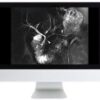


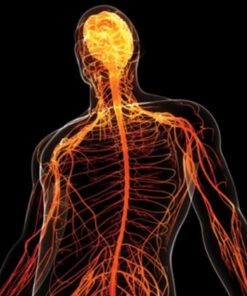





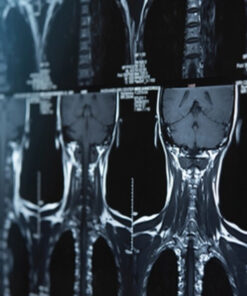

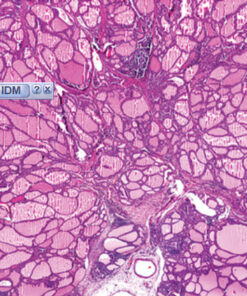


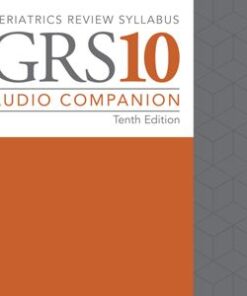
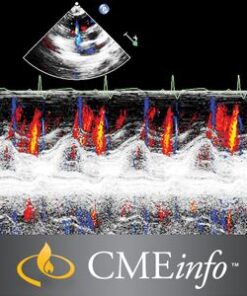
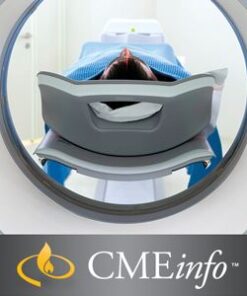
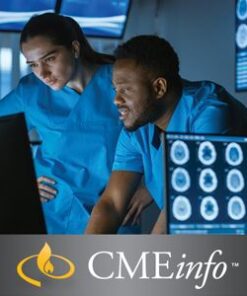
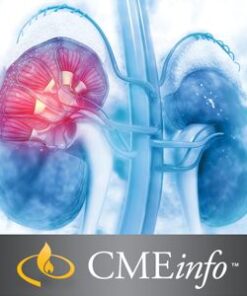
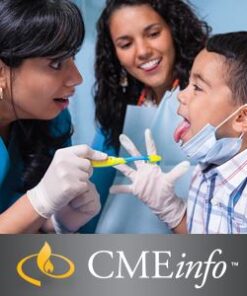

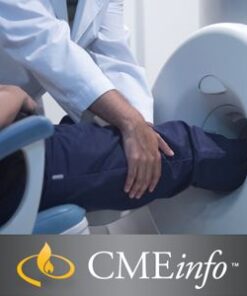




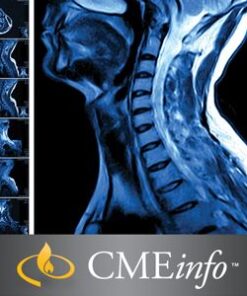

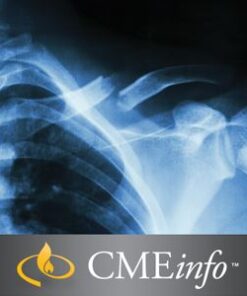



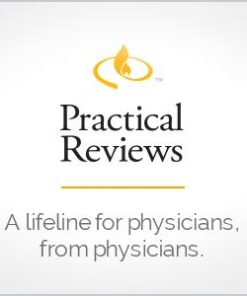


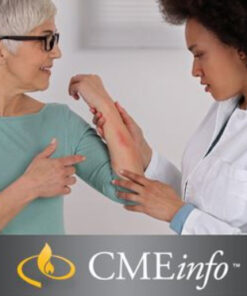


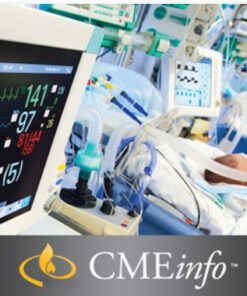
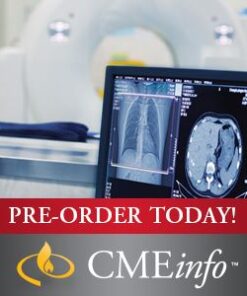

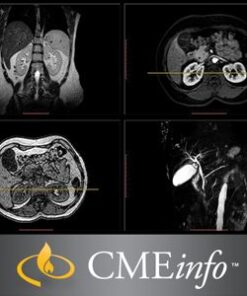
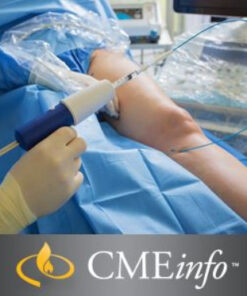
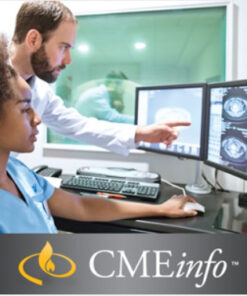
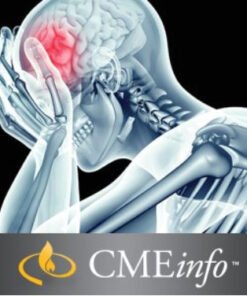
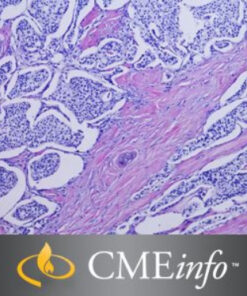

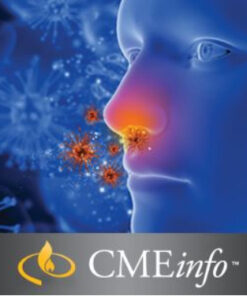


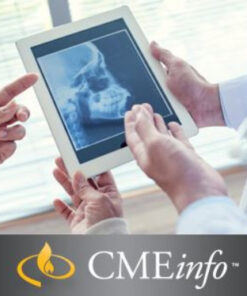
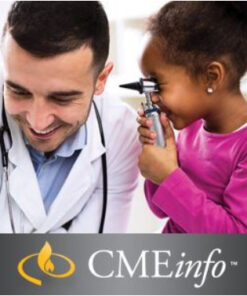
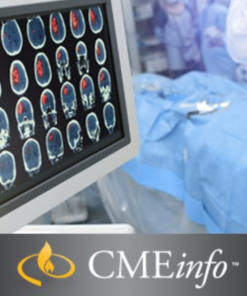
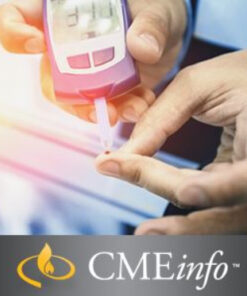
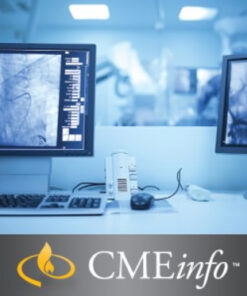
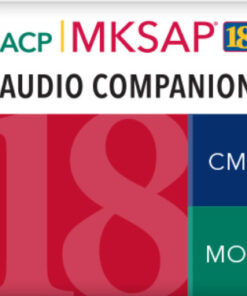
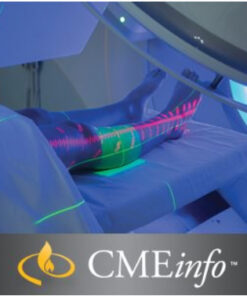
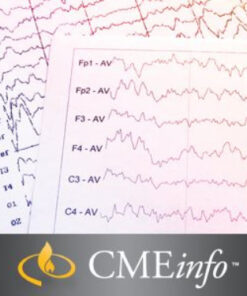



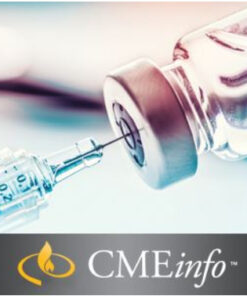



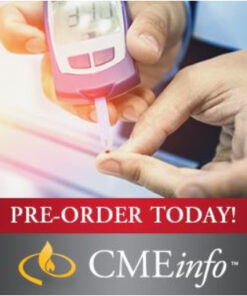



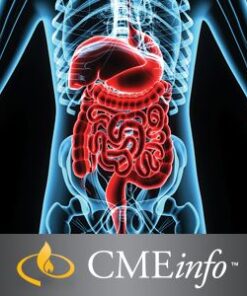


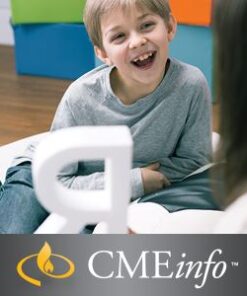

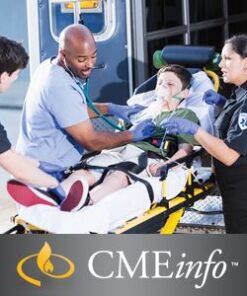
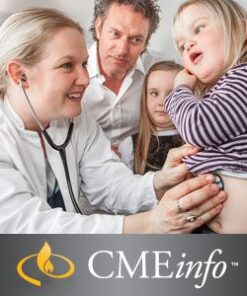
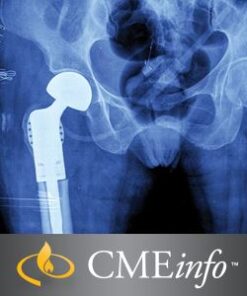


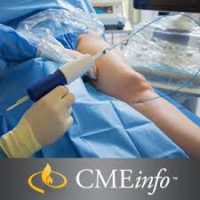

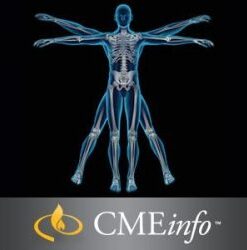
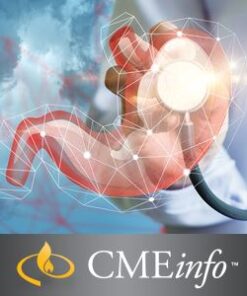
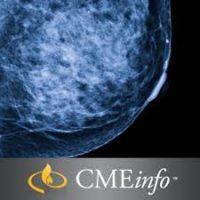



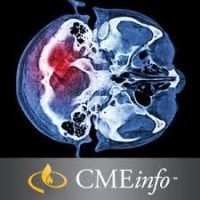
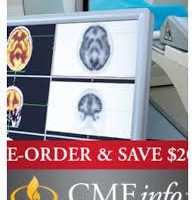
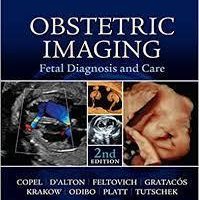





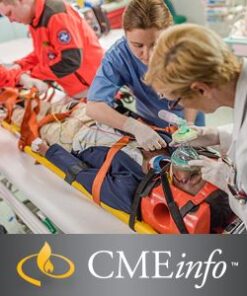


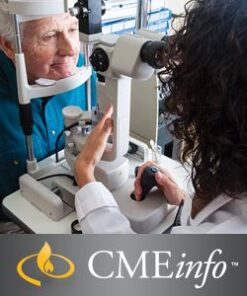

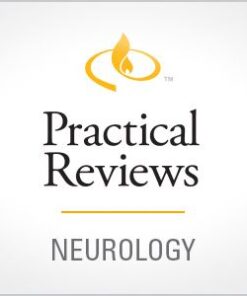
Reviews
There are no reviews yet.